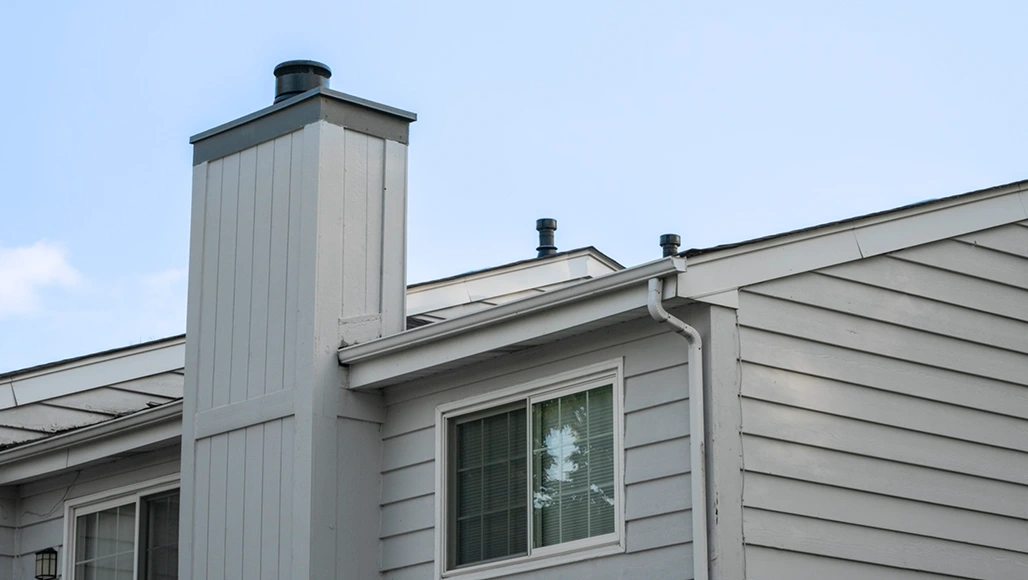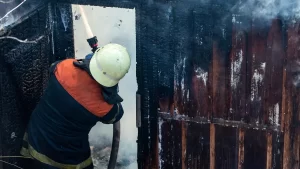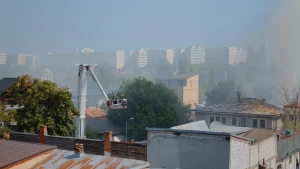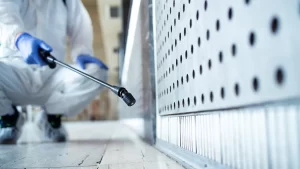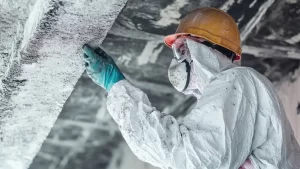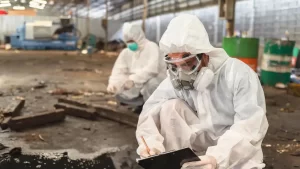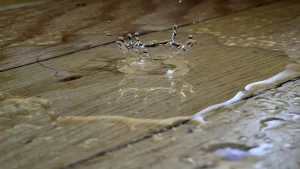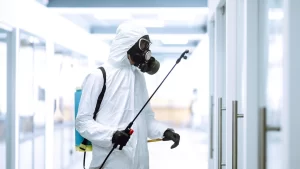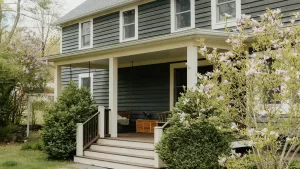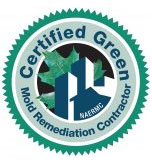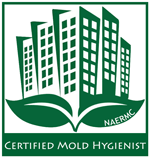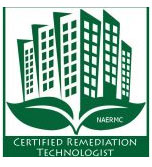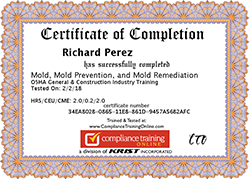Mold is a type of fungus that thrives in damp environments, commonly appearing on walls, ceilings, and other household surfaces. It may seem harmless, but mold can damage your home and affect your health, causing various health concerns. Exposure to mold spores may cause allergic reactions, respiratory problems, and, in severe cases, more serious health issues, making prompt action essential.
The mold remediation process involves safely removing mold and preventing its return. For homeowners, this is critical to maintaining both a healthy living space and property value. A California Certified remediation team ensures the job is done efficiently and according to professional standards, limiting the spread of mold and preventing further damage.
This guide provides an overview of mold remediation, including how mold develops, how to identify hidden or dangerous types like black mold, safe DIY methods, and professional practices. By following these steps and consulting California Certified professionals when needed, homeowners can effectively protect their property and well-being.
Mold Growth
Mold develops in homes when fungal spores find a moist and nutrient-rich environment to grow. These spores are microscopic and naturally present in both indoor and outdoor air. When they land on damp surfaces, they can begin to multiply, forming colonies that appear as fuzzy or discolored patches. Mold can spread quickly if the underlying moisture problem is not addressed.
Common areas for mold growth include:
- Bathrooms and kitchens: High humidity from showers, baths, and cooking creates ideal conditions for mold.
- Basements and crawl spaces: Poor ventilation and occasional flooding make these areas highly susceptible.
- Attics and HVAC systems: Leaks in roofs or condensation in ducts provide moisture that allows mold to thrive.
Several conditions accelerate mold growth, making some homes more vulnerable than others:
- Persistent moisture from leaks, spills, or flooding
- High humidity levels that are not controlled
- Leaks in roofs, plumbing, or windows
- Poor ventilation that prevents areas from drying properly
Understanding where and how mold grows is the first step in mold prevention, preventing its spread, and protecting your home.
Mold Growing
Mold growing in your home can happen quickly when the right conditions are present. Spores only need moisture, warmth, and organic material to thrive, making many parts of a home vulnerable if dampness is not controlled.
Key factors that support mold growing include:
- Moisture: Water leaks, spills, or condensation create ideal conditions.
- Organic surfaces: Drywall, wood, and fabrics provide nutrients.
- Poor ventilation: Stagnant air prevents damp areas from drying.
- Humidity: Levels above 60% greatly increase the risk of mold development.
Mold growing unchecked can spread to hidden areas like behind walls or under flooring. Addressing moisture sources immediately and removing mold-infested materials is the most effective way to stop mold from taking hold in your home.
Hidden Mold
Hidden mold can be especially dangerous because it often grows out of sight, making it easy to overlook until it becomes a significant problem. Even when mold is not visible, it can still release spores into the air, affecting indoor air quality and posing health risks to occupants. Being aware of the signs of hidden mold can help homeowners detect problems early.
Signs of mold you may not see include:
- Musty odors: A persistent, earthy smell often indicates mold growth behind walls or under floors.
- Discoloration: Stains or streaks on walls, ceilings, or floors may signal mold growth.
- Water stains: Areas with previous water damage can harbor hidden mold colonies.
Tools and methods for detecting hidden mold include:
- Moisture meters: Devices that measure moisture levels in walls, floors, and ceilings to identify damp areas prone to mold.
- Infrared cameras: These cameras detect temperature differences that may indicate moisture behind surfaces.
- Professional inspections: Certified mold inspectors can perform thorough assessments using specialized equipment and testing methods.
Detecting hidden mold early is essential for effective remediation and actual removal, preventing more extensive damage to your home.
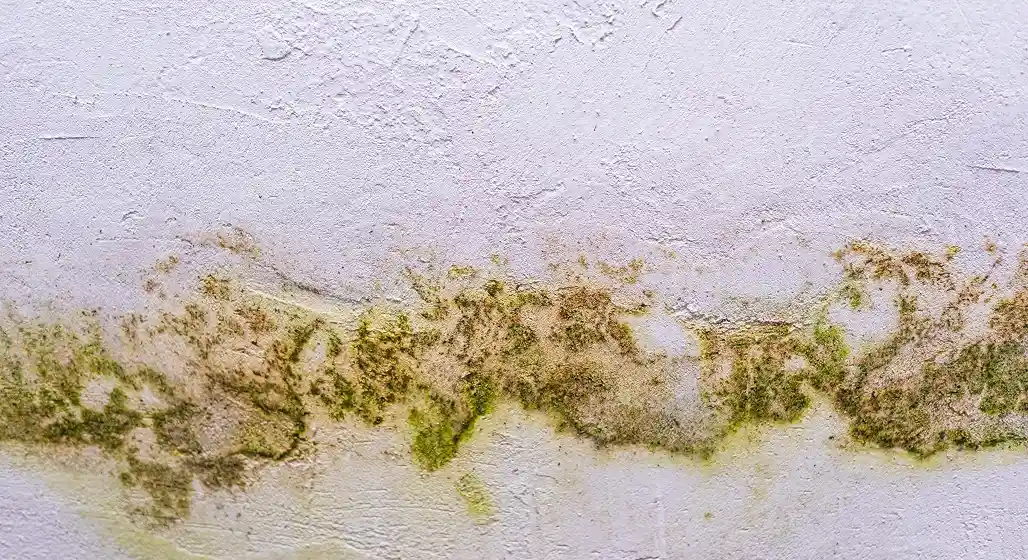
Black Mold
Black mold, or Stachybotrys chartarum, is one of the most dangerous household molds. It produces mycotoxins that can be harmful if inhaled, ingested, or touched, requiring prompt action to protect both health and property.
Health risks specifically linked to black mold exposure include:
- Respiratory problems: Coughing, wheezing, and difficulty breathing
- Allergic reactions: Sneezing, runny nose, and skin irritation
- Severe effects: Chronic fatigue, headaches, and in some cases, immune system complications
Homeowners can identify black mold in their homes by looking for certain characteristics:
- Appearance: Dark green or black patches that may be slimy or fuzzy
- Location: Often found in areas with persistent moisture, such as bathrooms, basements, or around leaky pipes
- Odor: A strong musty or earthy smell often accompanies black mold growth
Recognizing black mold early is critical to protect both health and property, and in most cases, professional remediation is recommended to safely remove it.
Health Risks
Mold exposure can lead to a variety of health risks, ranging from mild irritation to more serious respiratory problems. Even small amounts of mold spores in the air can trigger reactions in sensitive individuals, making it important for homeowners to remove mold growth promptly.
Common health risks include:
- Allergic reactions: Sneezing, nasal congestion, itchy eyes, and skin irritation are frequent responses to mold exposure.
- Respiratory issues: Mold can aggravate asthma, cause persistent coughing, and lead to sinus infections.
- Populations at higher risk: Children, the elderly, and individuals with weakened immune systems are more susceptible to the harmful effects of mold.
Understanding these risks emphasizes the importance of early detection and effective remediation to maintain a safe and healthy living environment.
Contaminated Materials
Mold can quickly infest household materials, especially those that retain moisture or are porous. Identifying which items are contaminated and knowing how to handle them is a crucial part of effective mold remediation.
Household items prone to mold contamination include:
- Carpets: Moisture trapped in fibers creates an ideal environment for mold growth.
- Drywall: Porous surfaces absorb water and can harbor mold behind walls.
- Insulation: Damp insulation can become a hidden breeding ground for mold.
- Furniture: Wooden and upholstered furniture can absorb moisture and support mold colonies.
When deciding what to keep or discard, consider the level of contamination and the material type. Heavily infested items or those that cannot be thoroughly dried and sanitized should be discarded.
Safe disposal includes sealing contaminated materials in plastic bags and avoiding contact with clean areas. Proper handling reduces the spread of spores and protects household health.
DIY Mold Remediation
For small mold problems, homeowners may try safe DIY remediation methods. While this is not a substitute for professional work in larger or more dangerous cases, it can help control minor mold issues.
Safe DIY mold remediation practices include:
- Protective gear: Wear gloves, goggles, and an N95 mask to reduce exposure.
- Contain the area: Close doors and cover vents to stop spores from spreading.
- Use safe cleaners: Natural solutions like vinegar or hydrogen peroxide work for small patches on non-porous surfaces.
- Scrub and dry: Clean affected surfaces thoroughly and ensure they are completely dry.
- Dispose of contaminated items: Small porous materials that cannot be cleaned should be thrown away.
Limitations of DIY mold remediation:
- Not suitable for areas larger than 10 square feet
- Should not be attempted with toxic black mold
- Cannot address hidden mold inside walls or HVAC systems
For safety and long-term results, homeowners should rely on professional mold remediation services if mold growth is extensive, hidden, or recurring.
Why You Should Hire a California Certified Professional for Mold Remediation
While small mold issues may seem manageable, it is often safer and more effective to rely on a California Certified mold remediation professional. Professionals have the training, equipment, and expertise to handle mold safely, even in cases involving toxic molds like black mold or hidden infestations. Hiring a certified expert ensures that remediation is thorough and prevents mold from spreading or returning.
Protective measures professionals take include:
- Gloves: Durable, non-porous gloves to protect skin
- Masks: N95 or higher-rated respirators to filter airborne spores
- Eye protection: Safety goggles to prevent irritation from spores or cleaning solutions
Why professional remediation is recommended:
- Accurate assessment: Certified experts can identify hidden mold and underlying moisture issues that may go unnoticed.
- Efficient removal: Professionals use proper containment and cleaning techniques to eliminate mold safely and quickly.
- Long-term prevention: They provide guidance on ventilation, moisture control, and repairs to prevent mold recurrence.
- Health and safety: Reduces exposure to allergens, toxins, and potential structural hazards.
Homeowners should contact a California Certified professional if mold covers large or hidden areas, persistent moisture problems exist, or if anyone experiences allergic reactions or respiratory issues. Relying on certified experts ensures your home is remediated safely, effectively, and in compliance with industry standards.
Guide to Mold Remediation
Effective mold remediation requires careful planning and execution to ensure that mold is fully removed and does not return. Proper preparation and containment are essential to prevent spores from spreading to other areas of the home.
Steps for successful mold remediation include:
- Preparing the space and containing mold spores: Close doors and windows, seal off vents, and use plastic sheeting to isolate the affected area. This helps prevent spores from spreading during cleaning.
- Removing contaminated materials safely: Dispose of items that cannot be effectively cleaned, such as heavily infested drywall, insulation, or carpets. Seal these materials in plastic bags for safe removal.
- Cleaning surfaces and treating affected areas: Use approved cleaning solutions or mild detergents to scrub non-porous surfaces. For porous materials that can be salvaged, thorough cleaning followed by drying is critical.
- Proper drying and ventilation techniques: Use fans, dehumidifiers, and open windows when possible to ensure all cleaned areas are completely dry. Adequate airflow prevents mold from returning and supports a healthy indoor environment.
Following these steps ensures that mold is removed effectively, reducing health risks and protecting the home from future infestations.

Cleaning Solutions
Choosing the right cleaning solution is an important part of effective mold remediation. California Certified mold remediation professionals select products that not only kill mold spores and remove stains but also prevent regrowth while keeping the home safe for occupants.
Recommended cleaning options include:
- Commercial products for mold removal: Specialized mold cleaners, antifungal sprays, and detergents designed for various surfaces. California Certified professionals often use these for faster, more thorough results on stubborn infestations.
- Natural solutions: Household items such as vinegar, baking soda, and hydrogen peroxide can effectively clean mold from non-porous surfaces. They are safer for people and pets and do not produce harsh fumes.
Safe application practices:
- Wear protective gloves, masks, and eye protection
- Test a small area first to ensure the solution does not damage surfaces
- Use proper ventilation when working with any cleaning product, including natural ones
Pros and cons of different cleaners:
- Chemical cleaners: Fast-acting and effective on tough mold, but may contain harsh chemicals that require caution and proper ventilation.
- Natural cleaners: Safer for the home environment and less toxic, but may require repeated applications for stubborn mold and may be less effective on porous surfaces.
Selecting the appropriate cleaning solution depends on the type of mold, the surface being treated, and the level of contamination. Using solutions recommended or applied by California Certified professionals ensures thorough mold removal and reduces the risk of recurrence.
HVAC Systems and Mold
Mold can easily grow in HVAC systems because ducts and vents provide dark, damp environments where spores can thrive. Moisture from condensation, leaks, or high humidity levels creates ideal conditions for mold to develop inside the system, potentially spreading spores throughout the home.
Signs that mold may be present in your HVAC system include:
- Odors: Musty or earthy smells coming from vents when the system is running
- Allergies: Increased sneezing, coughing, or respiratory issues among household members
- Airflow issues: Reduced efficiency or unusual buildup of dust and debris in vents
Cleaning HVAC systems for mold requires specialized methods to ensure spores are fully removed:
- Professional duct cleaning: Certified technicians use high-efficiency equipment to clean and sanitize ducts
- Inspection and maintenance: Regular checks for leaks, moisture, and contamination help prevent mold growth
- System treatments: Antimicrobial sprays and filters can reduce the risk of recurring mold
Addressing mold in HVAC systems promptly is essential to protect indoor air quality and prevent the spread of spores throughout the home.
Moisture Control
Controlling moisture is the most effective way to prevent future mold growth in your home. Mold thrives in damp environments, so reducing excess moisture makes it much harder for spores to take hold and spread. Consistently managing humidity and addressing water issues helps maintain a healthy, mold-free living space.
Tips for keeping your home dry include:
- Fix leaks promptly: Repair plumbing, roof, and window leaks as soon as they are detected.
- Use dehumidifiers in damp areas: Basements, crawl spaces, and bathrooms can benefit from reduced humidity.
- Ensure proper ventilation in bathrooms, kitchens, and attics: Exhaust fans and open windows help circulate air and reduce moisture buildup.
Regular maintenance and inspections are also critical in preventing mold. Checking for leaks, monitoring humidity levels, and ensuring HVAC systems and ventilation are functioning properly can catch potential problems early. Consistent attention to moisture control protects your home from future mold infestations and preserves both property and health.
Future Mold Growth
Preventing future mold growth requires a proactive approach that combines regular maintenance, monitoring, and prompt attention to small problems. By implementing long-term strategies, homeowners can significantly reduce the risk of mold returning and protect both their property and health.
Long-term prevention strategies include:
- Regular cleaning and inspections: Routinely check high-risk areas such as bathrooms, basements, and attics for signs of moisture or mold
- Monitoring humidity levels: Keep indoor humidity between 30 and 50 percent to discourage mold growth
- Maintaining HVAC systems: Regularly clean and service ducts, filters, and vents to prevent moisture buildup and spore circulation
Don’t delay mold removal — it’s a health and structural priority.
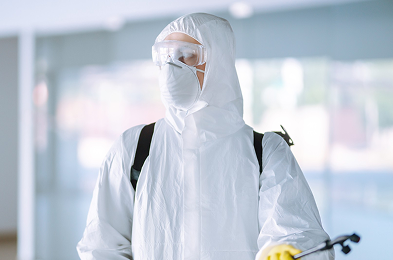
Addressing minor issues promptly can prevent them from developing into serious mold infestations. Small leaks, damp spots, or condensation should be repaired or dried immediately. Acting quickly helps stop mold before it spreads and reduces the need for costly remediation in the future.
Detecting and addressing mold early is essential for protecting both health and property. Homeowners should take proactive steps such as controlling moisture, performing regular inspections, and fixing minor issues promptly. Consulting a California Certified, mold remediation professional ensures that any mold detected is addressed safely and effectively. Timely action with the guidance of certified experts helps maintain a safe, healthy, and comfortable home while minimizing the risk of structural damage and health problems.

